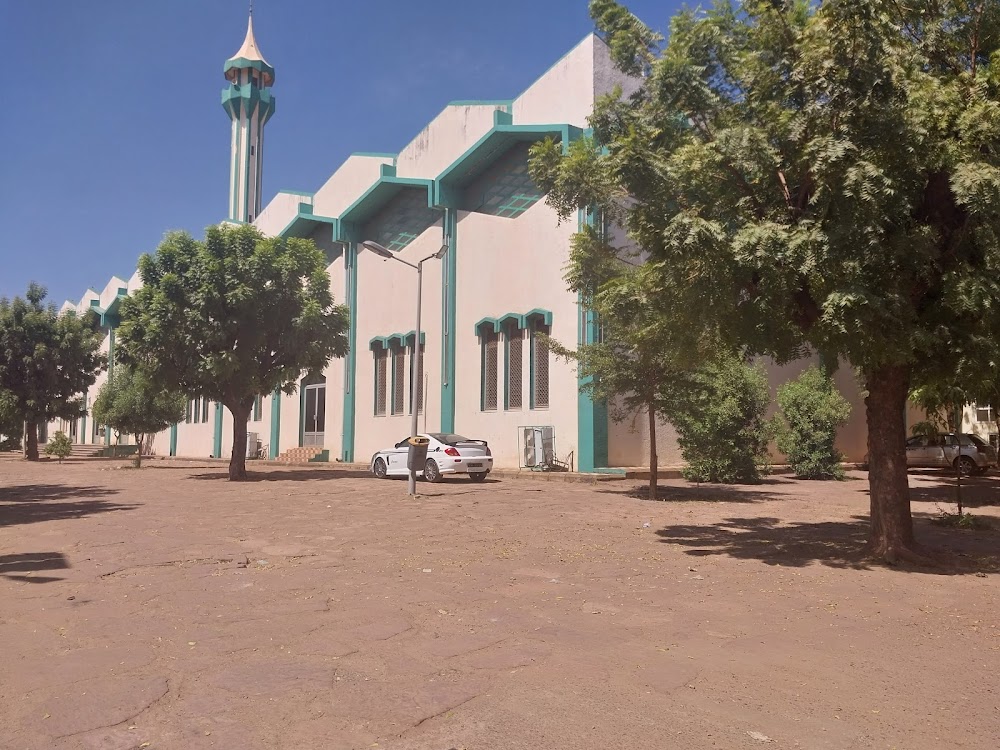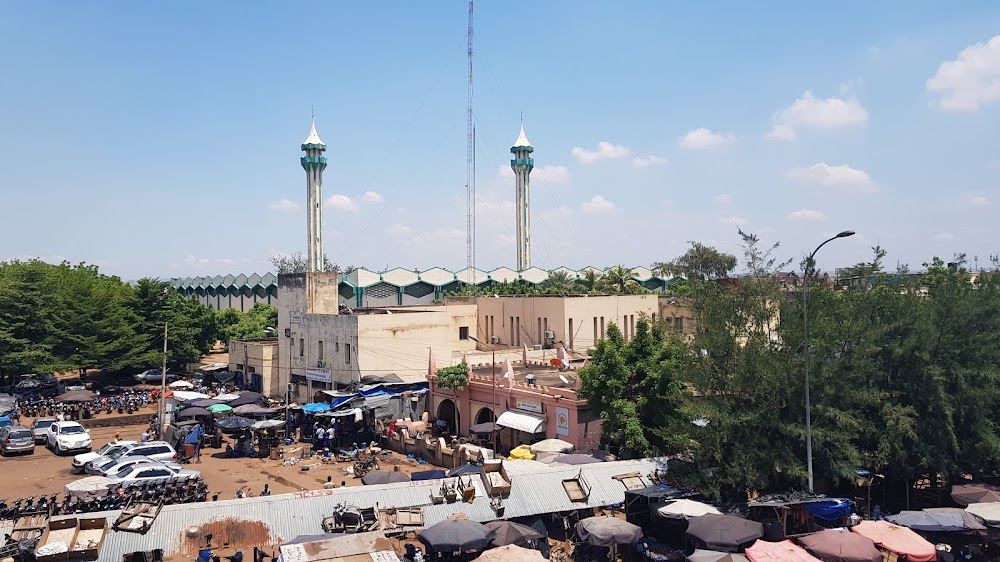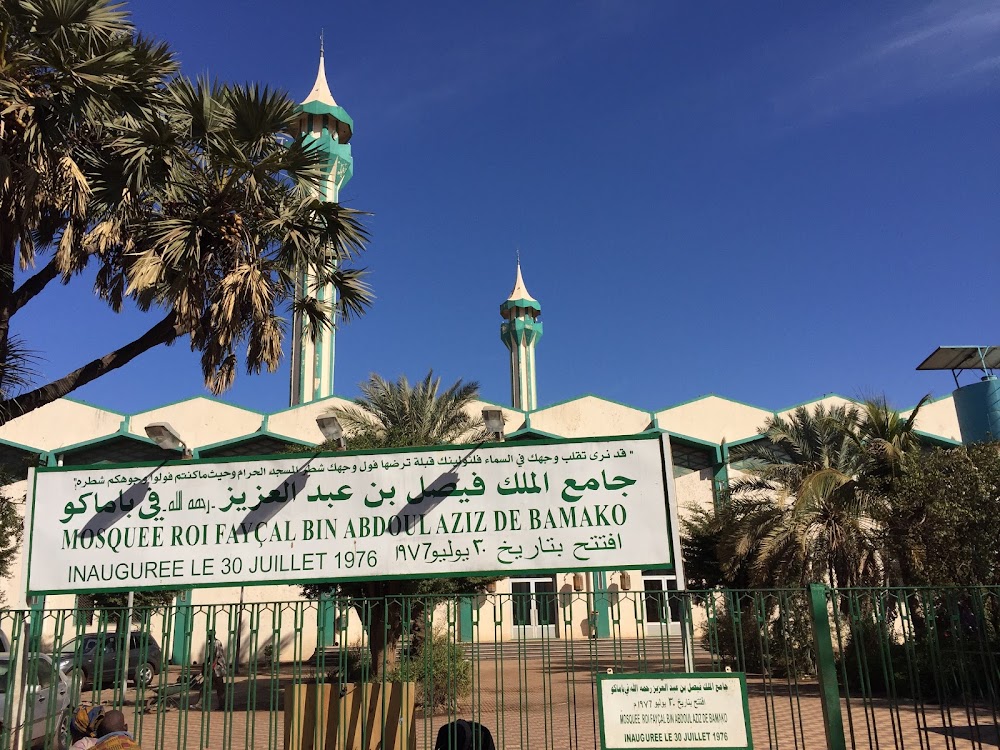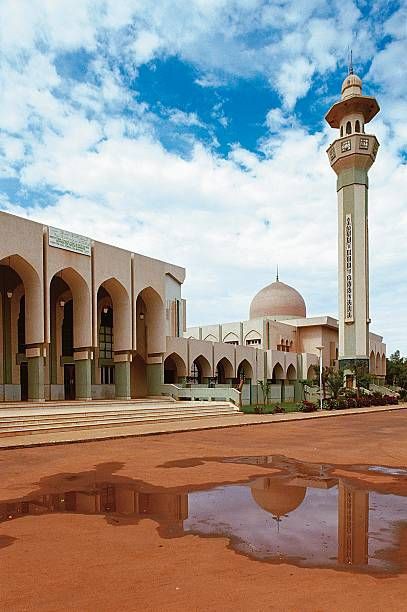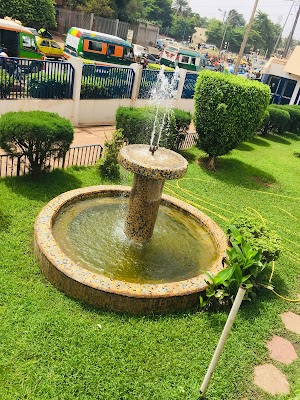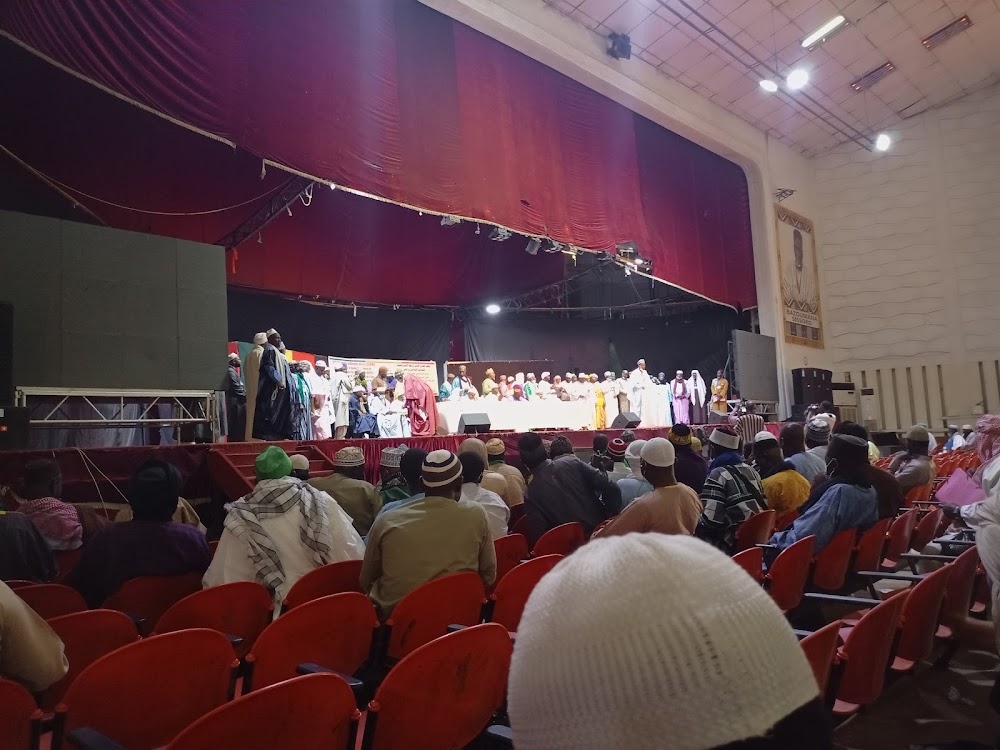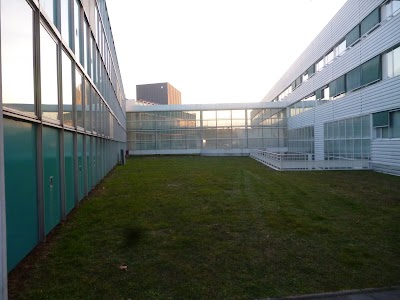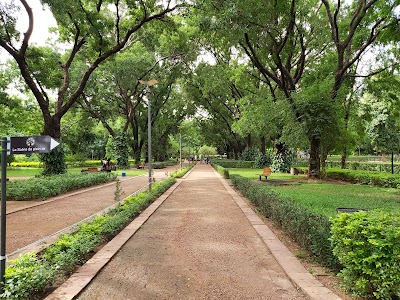Bamako Grand Mosque (Mosquée Grande de Bamako)
Overview
In the vibrant city of Bamako, the capital of Mali, stands the awe-inspiring **Grande Mosquée de Bamako**, also known as the Bamako Grand Mosque. This iconic religious and cultural landmark serves not only as a place of worship but also as a symbol of the city’s rich historical and social tapestry.
Constructed in the **1970s**, the Bamako Grand Mosque represents Mali’s modern aspirations following its independence. Its design draws inspiration from **Sudanese-Sahelian architecture**, characterized by distinct mud-brick construction and elaborate wooden scaffolding, perfectly suited to the region's climatic needs. To enhance durability and introduce a contemporary flair, builders incorporated concrete and other modern materials into its design.
The architectural process was a collaborative endeavor, uniting local artisans with international expertise. Significant contributions from various Muslim nations, particularly those from the Middle East, provided crucial financial and technical support for its construction. The intricate detailing adorning the mosque’s walls and minarets reflects the cultural exchanges and diverse influences that shaped this magnificent structure.
One of the mosque’s most striking features is its towering **minarets**, which not only dominate the Bamako skyline but also serve the vital function of calling the faithful to prayer five times daily. Adorned with intricate geometric patterns and Quranic inscriptions, these minarets showcase the exceptional craftsmanship that went into their creation.
Inside, the mosque boasts a vast **prayer hall** capable of accommodating thousands of worshippers, highlighting its significance as a central place of worship for the city’s Muslim population. Designed to foster serenity, the hall features large, ornate chandeliers and beautifully crafted carpets. The walls are adorned with intricately carved and painted verses from the Quran, inviting devotion and spiritual reflection among those who enter.
The mosque’s expansive **courtyard** is another defining feature, often serving as a gathering space for the community during major religious events such as **Eid al-Fitr** and **Eid al-Adha**. Beautifully landscaped with gardens and fountains, the courtyard offers a tranquil environment for both worshippers and visitors alike.
The Grand Mosque plays a pivotal role in the daily lives of Bamako’s residents, functioning not only as a site for religious practices but also as a center for social interaction and community events. On Fridays and during special occasions, it transforms into a bustling hub of activity, drawing thousands of people together to pray and celebrate. Additionally, the mosque’s administration organizes educational programs and charitable initiatives, further solidifying its role as a cornerstone of the community.
Over the years, the area surrounding the mosque has flourished, with markets, shops, and eateries thriving due to the constant influx of visitors. The mosque’s presence has undoubtedly contributed to the neighborhood's economic and social vibrancy.
Throughout its history, the Bamako Grand Mosque has witnessed countless events that have shaped the culture of Mali. It stands as a symbol of resilience and faith, providing solace and unity for the people during times of political change and social upheaval.
In recent years, concerted efforts have been made to preserve and maintain this iconic structure. Ongoing restoration projects, supported by both government initiatives and community involvement, reflect the collective importance of the mosque in Bamako’s heritage.
The **Grande Mosquée de Bamako** is a testament to the rich cultural history and enduring faith of the Malian people. It embodies a unique intersection of tradition and modernity, where the essence of the past is preserved while embracing the future. For anyone visiting Bamako, a trip to this grand mosque offers a profound opportunity to appreciate the beauty and significance of one of Mali’s most cherished landmarks.


